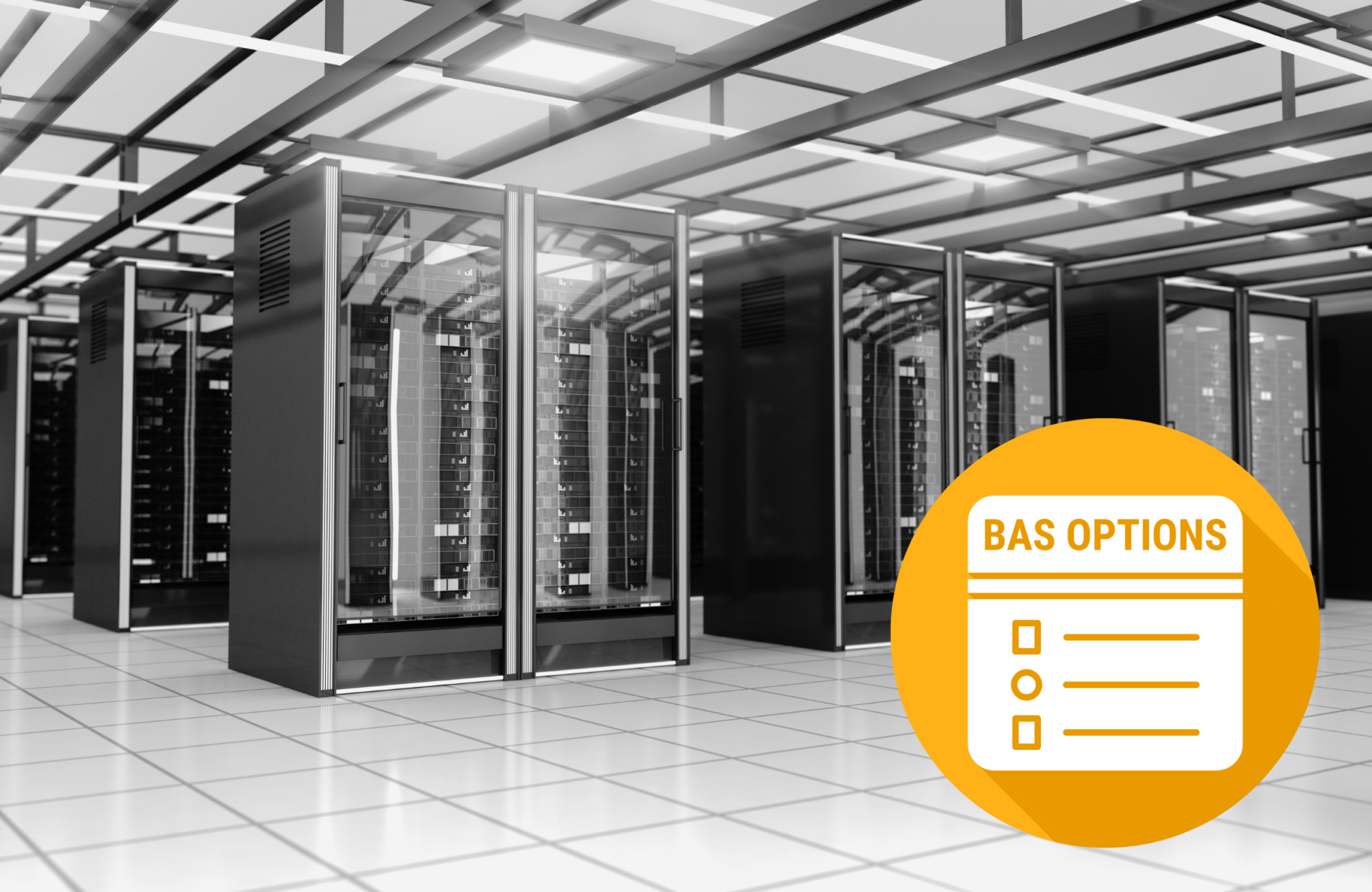A month ago, we started a series on debunking technology myths in data centers with the idea a single pane of glass solution is all you need to run your technology most efficiently. Three weeks ago, we took a look at why one size does not fit all. Two weeks ago, we dispelled the myth that you don’t need both DCIM and BAS. And, last week, we debunked the data center myth that once the system is in place, your job is complete.
Today we explore the myth that data centers are sprawling facilities with high upfront costs.
Data centers are no longer reserved for large enterprises and tech giants. Small and medium-sized businesses are increasingly relying on digital infrastructure to support their operations, store and process data, and connect with customers. However, the perception that building and operating a data center requires massive upfront costs remains a significant barrier for many organizations.
JJ Van Daele, a building automation systems expert on our team, says, “While some data center technologies do require significant upfront costs, others can be implemented incrementally and scaled over time, providing a cost-effective alternative.”
With options such as modular and scalable designs, prefabricated data centers, leasing and collocation, energy-efficient technologies, and government incentives and grants, the opportunities to build data centers without upfront costs and lots of land are endless.
Innovative solutions and approaches can significantly reduce the initial costs of building and operating a data center. Let’s explore some of these options.
Modular and Scalable Designs
One approach to building a cost-effective data center is to use modular and scalable designs. Modular data centers are pre-built, self-contained units that can be easily deployed and scaled as needed. These units are typically housed in a secure, climate-controlled environment and include all the necessary components, such as servers, networking equipment, and cooling systems.
Scalable designs, on the other hand, involve building a data center in stages, starting with a small footprint and adding capacity as needed. This approach allows organizations to invest in the infrastructure they need today and scale as their operations grow.
Prefabricated Data Centers
Prefabricated data centers are another option for organizations looking to reduce upfront costs. These data centers are built off-site and then transported to the final location, where they are assembled and connected to the necessary infrastructure.
Prefabricated data centers are typically designed to be energy-efficient, with features such as high-efficiency cooling systems and LED lighting. This not only reduces energy costs but also lowers the carbon footprint of the data center.
Leasing and Colocation
Leasing and colocation are other options for organizations looking to build a data center without incurring significant upfront costs. Leasing involves renting space in an existing data center, while colocation involves sharing space with other organizations in a data center.
Leasing and colocation are cost-effective options because they eliminate the need for organizations to build their own data center from scratch. Instead, they can leverage existing infrastructure and resources, reducing both upfront and ongoing costs.
Energy-Efficient Technologies
Energy-efficient technologies are becoming increasingly popular in data centers as organizations seek to reduce costs and lower their environmental impact. For example, using high-efficiency cooling systems, such as evaporative cooling or liquid cooling, can significantly reduce energy consumption and costs.
Virtualization is another energy-efficient technology that can reduce the number of physical servers required in a data center, reducing energy consumption and costs even further.
Virtualization allows multiple virtual servers to run on a single physical server, increasing server utilization and reducing the number of servers needed.
Government Incentives and Grants
Finally, government incentives and grants are available to organizations looking to build and operate data centers. These incentives and grants can significantly reduce the initial costs of building a data center, making it more accessible to organizations with limited resources.
For example, the federal government offers tax incentives for energy-efficient data centers, while some states offer grants for building and operating data centers in specific locations.
Building and operating a data center no longer requires massive upfront costs and lots of land. Modular and scalable designs, prefabricated data centers, leasing and colocation, energy-efficient technologies, and government incentives and grants are all options for organizations looking to build a cost-effective data center.
“Some data centers are massive in scale, others can be much smaller, such as those used by small and medium-sized businesses,” says Van Daele. “With careful planning, organizations can overcome financial barriers and make informed decisions that align with their budget and operational needs.”
If you’d like to learn more about data center myths, download our white paper, “Debunking the Myths Around Data Center Technologies: A Reality Check for the Digital Age.”







